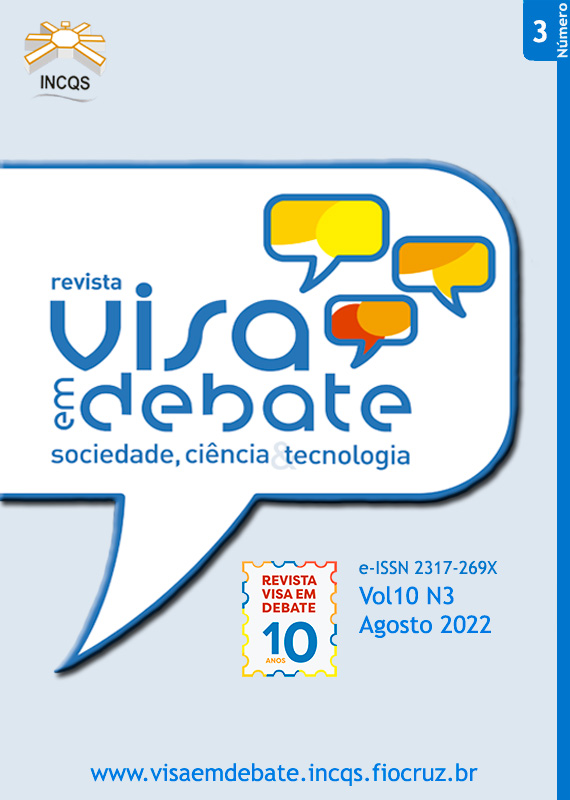Alternative methods for potency evaluation for Bothrops venom and antivenom: applications and perspectives for quality control
DOI:
https://doi.org/10.22239/2317-269x.02055Keywords:
Alternative Methods, Bothrops Venom, Bothrops Antivenom, Quality ControlAbstract
Introduction: Accidents with venomous animals are classified as neglected tropical diseases and are currently the most frequent cause of intoxication in humans in Brazil. The only available treatment is the rapid administration of specific, quality-assured antivenoms. To ensure the efficacy and safety of these products, in vivo potency determination tests for venom and antivenom are performed during the production stages, until final release. Despite several studies on alternative methods to the murine assay, no method has been effectively validated. Objective: To compile alternative methods developed for Bothrops antivenoms, assessing the availability of the methods and the prospects and applications in Bothrops venom and antivenom production and quality control laboratories. Method: A search was conducted in PubMed, BVS, and Scopus databases between November 2021 and June 2022. 89 articles were identified, of which 31 were selected according to the eligibility criteria. Results: We observed in the alternative methods identified a preference of 42.80% of the studies for methodologies that use cell lines as an alternative method to the murine assays, and most of these works (58.30%) opted for a VERO cell line. Conclusions: Due to the diversity of toxins found in each genus of snakes, it is understood that the potency assay for antivenoms should be based on the evaluation and precise quantification of the inhibition of biological activity of venoms. Cytotoxicity assays are widely used and have been accumulating evidence of their suitability as an important alternative tool to the murine assay for quality control for Bothrops venom and antivenom.
Downloads
Downloads
Published
Issue
Section
License
Copyright (c) 2022 Renata Norbert Costa Nundes, Isabella Fernandes Delgado, Humberto Pinheiro de Araújo, Marcelo Salabert Gonzalez, Octavio Augusto França Presgrave, Wlamir Moura, Gutembert Gomes Alves

This work is licensed under a Creative Commons Attribution 4.0 International License.
COPYRIGHT ALLOWANCE The author (s) hereinafter designated as the ASSIGNOR hereby assign and transfer, free of charge, the ownership of the copyrights related to this ARTICLE to the Vigilância Sanitária em Debate: Sociedade, Ciência & Tecnologia (Health Surveillance under Debate: Society, Science & Technology) – Visa em Debate, represented by FUNDAÇÃO OSWALDO CRUZ, established at Av. Brasil, nº 4365, Manguinhos, Rio de Janeiro, RJ, Brazil, CEP 21045-900, under the conditions set out below: (a) The terms and conditions set forth in this Agreement shall apply to the following: 1. The ASSIGNOR declares that they s(he) is (are) the author (s) and owner (s) of the copyrighted property of the ARTICLE submitted. 2. The ASSIGNOR declares that the ARTICLE does not infringe the copyrights and / or other property rights of third parties, that the disclosure of images (if any) has been authorized and that they s(he) assume(s) full moral and / or property liability for its content, before third parties. 3. THE ASSIGNOR assigns and transfers all copyrights relating to the ARTICLE to the ASSIGNEE, especially the rights of editing, publication, translation into another language and reproduction by any process or technique. The ASSIGNEE becomes the exclusive owner of the rights related to the ARTICLE, and any reproduction, totally or partially, is prohibited in any other means of publicity, printed or electronic, without prior written authorization from the ASSIGNEE. 4. The assignment is free and, therefore, there will be no remuneration for the use of the ARTICLE by the ASSIGNEE.






